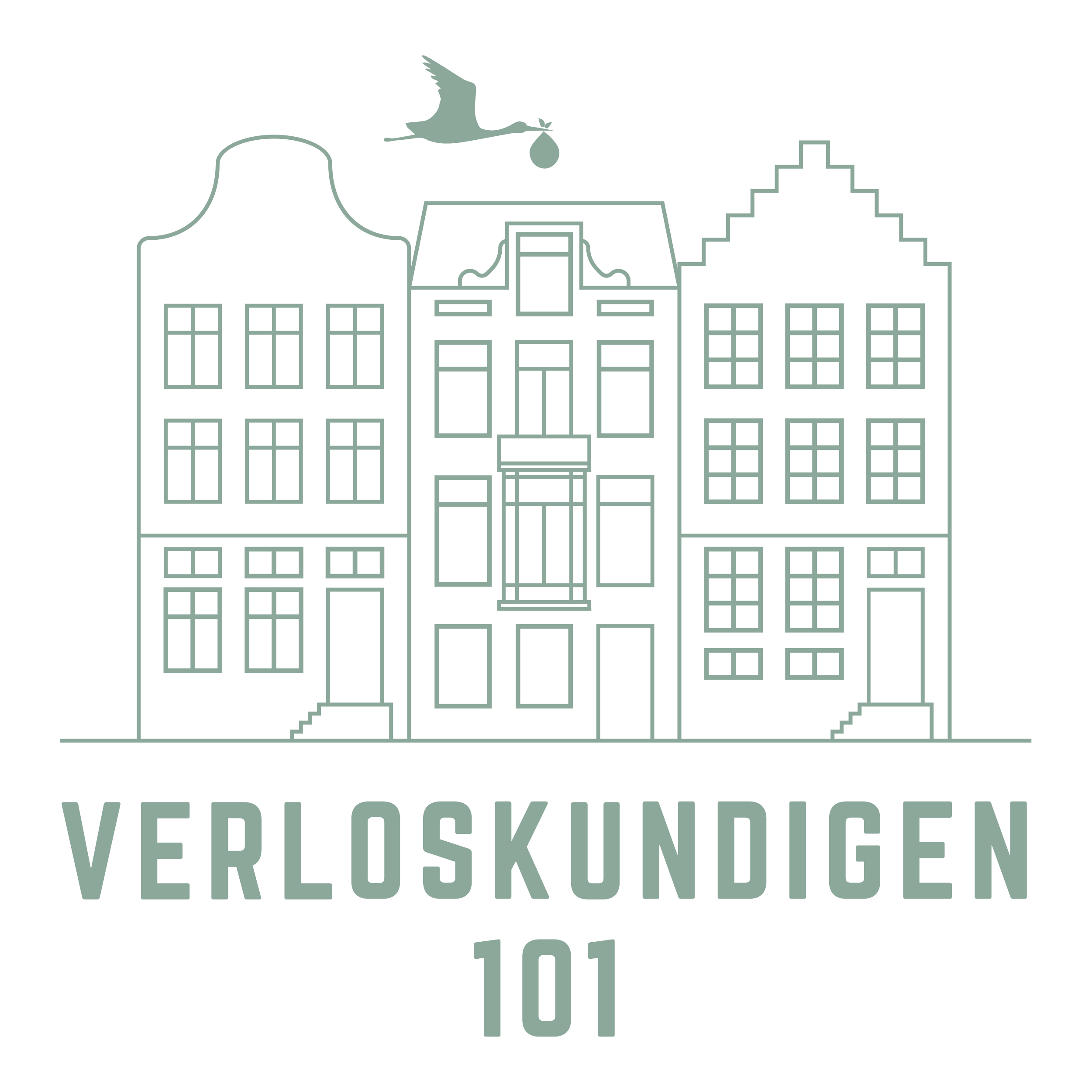The golden hours
The first hour after birth when a mother has uninterrupted skin-to-skin contact with her newborn is referred to as the “golden hour.” This period of time is an integral factor in a mother’s breastfeeding journey if she chooses to do so.
Immediately after the birth, the baby will be put on the mother’s chest or tummy. The heart rate and breathing will slow down and become calmer during skin-to-skin-contact. The baby will be dried and wrapped with towels to keep the baby warm. The heart rate, breathing, muscles control, reflexes and the baby’s crying will be monitored which allows the midwife to give an Apgar-score. You will most likely not notice this part. Breastfeeding can start within the first postnatal hour. This can take some practising which we will support you with.
Once the heartbeat cannot be felt in the umbilical cord, this can be cut. After which the placenta can be born. On average this happens within 30 minutes of the baby’s birth. The midwife will assess whether any stitches are necessary (this would happen under local anaesthetics).
Skin to skin contact
Skin to skin contact has many benefits for both your baby and you. In is the most natural transition for the baby, who after nine months safely enters “earthside”. It’s a first acquaintance with you as parents and a wonderful way to immediately build a bond. Because of lying skin to skin, your child quickly feels familiar and protected, so that the stress hormones disappear and make room for rest and well-being. It gives him/here peace of mind so he falls asleep easily and also ensures a balanced sleep and wake cycle. In addition, it regulates its body temperature, stabilizes the heartbeat and breathing of your baby and regulates blood sugar levels. The white cream that covers your baby, called vernix, moisturizes the skin naturally. That is why it is also recommended not to wash your child for the first 24 hours and even the first few days afterwards. Skin to skin contact also has a positive influence on breastfeeding. In short, many advantages!
Cutting the umbilical cord
If the baby’s heartbeat can no longer be felt in the umbilical cord, it can be cut. This is called delayed cord clamping. After this, the placenta will be born. This usually happens within 30 minutes of your baby’s birth. After this we check whether it is necessary to stitch. If so, it will be done on the spot under local anaesthetic. Very occasionally this is not possible, for example when (a part of the) sphincter muscle or the intestinal mucosa is also torn (a ‘total rupture’). In that case, it is stitched by the gynecologist.
Checking the baby
We check your baby from head to toe, measure weight, temperature and test different reflexes. Your baby will also receive 1mg of vitamin K drops by mouth. With this amount he can go a week ahead, after that a different amount of vitamin K is advised. Vitamin K supplementation is recommended for the first three months of life, after that your child will produce enough on its own. Vitamin K is necessary for proper blood clotting.
Blood loss
The first 24 hours after delivery, the blood loss is considerable, often with clots. Sometimes these are fist-sized. As long as you feel good this can’t hurt. You lose too much blood if you have a full maternity bandage every half hour, if you lose two or more fist-sized clots or if you have the feeling that “the tap is on”. In this case, call the midwife on call 020 – 47 000 67 (press 1).
It’s normal to have to change your maternity pads about every 3 hours. The first days after delivery, the blood loss is usually (much) more than during a normal menstrual period. After a few days, the blood loss decreases. It can last for about 4 to 6 weeks. It is then no longer bright red blood loss, but somewhat browner. At the end of the maternity period it will be more white or yellow discharge.
Afterpains
After giving birth, you may suffer from after-effects. A hot water bottle and paracetamol can help (maximum 6x 500mg per 24 hours). Breastfeeding enhances the feeling of after-effects. After-effects are there for a reason. They ensure that the uterus shrinks quickly so that you flow less. The after-effects will gradually decrease and are usually gone after 48 hours.
Urinating after birth
It is important to urinate well within six hours after giving birth. It can be a little sensitive the first time, especially if you have stitches. It then helps to rinse with a bottle of lukewarm water while urinating. If you fail to urinate the first time, keep trying every hour and drink well. If you have not managed to urinate yourself after six hours or if you have the feeling that your bladder cannot empty your bladder, in this case call the obstetrician on duty 020 – 47 000 67 (press 1).
With an empty bladder, there is plenty of room for the uterus to contract properly. This means you lose less blood. You may feel bad for the first few days when your bladder is full. Therefore, go to the toilet before each feeding. That way you go regularly and after-effects during breastfeeding are less painful.
Going home after birth
After some private time with the three of you, the kraamzorg (maternity assistant) will help you shower. After home deliveries, the kraamzorg will usually leave after four hours. When you have given birth in hospital, you are usually discharged after 3 or 4 hours after birth (if you have been able to go to the toilet independently). The kraamzorg will come to help you at home the following moring.
